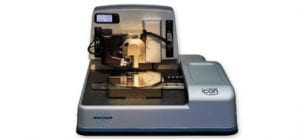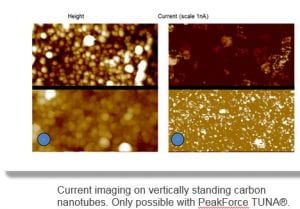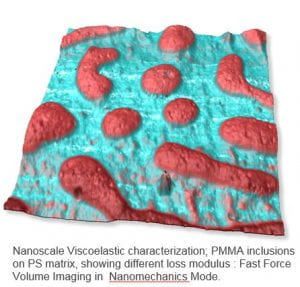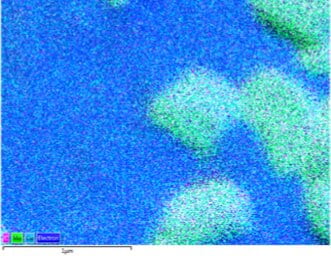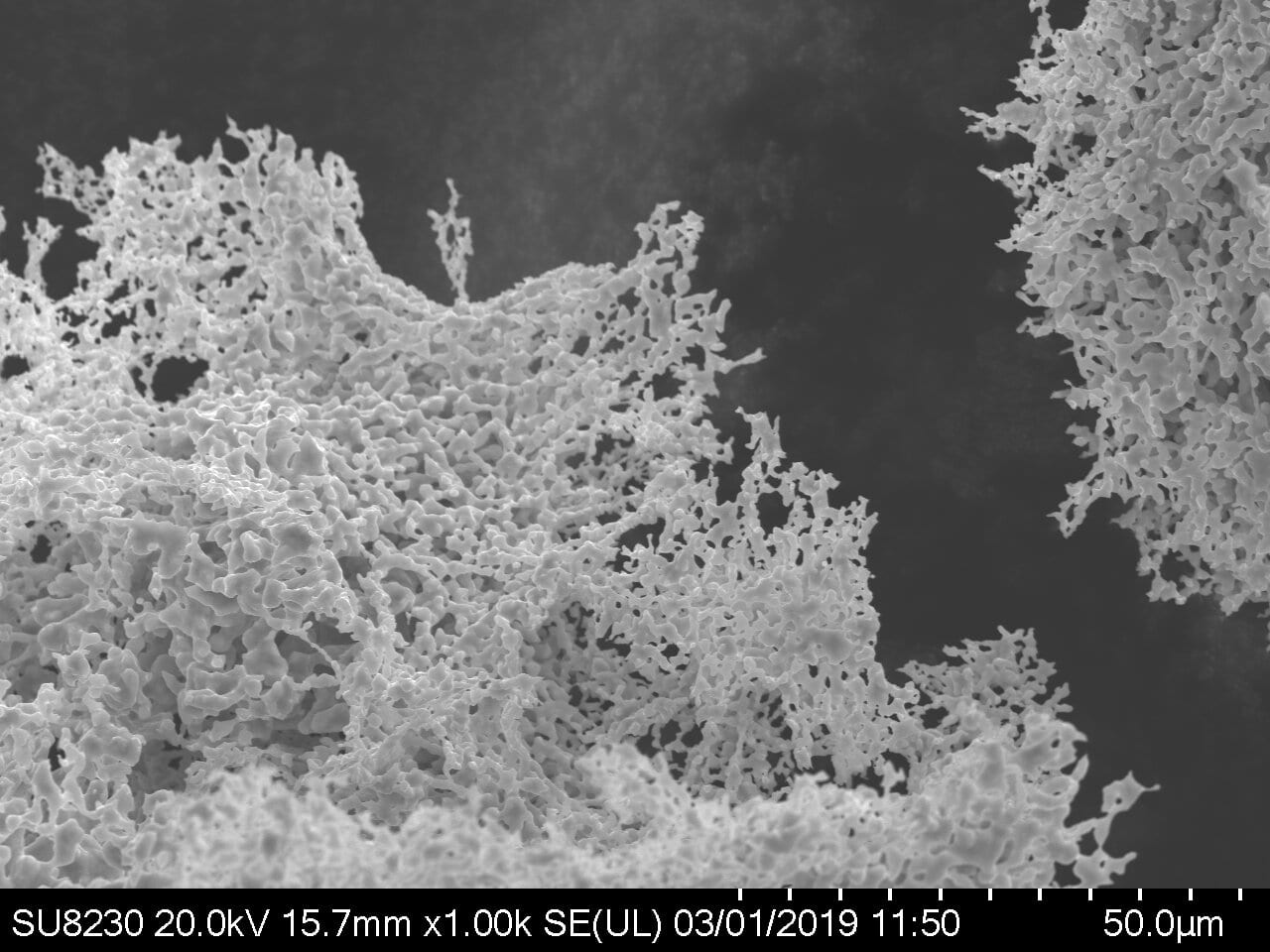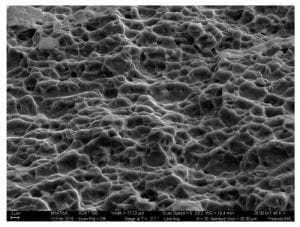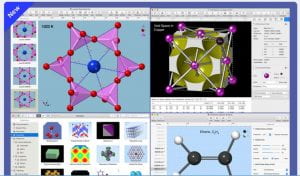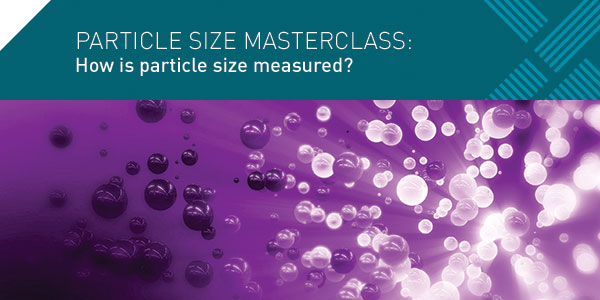- Extremely high efficiency 250 mm focal length inVia Reflex spectrograph
- Stand alone Renishaw Raman unit with solid-state Deep-UV laser (266 nm) and components
- UV optics for high temperature and high power electronics.
- Capability for Raman and PL spectroscopy from 200 nm – 1700 nm with automated mapping.
- Andor InGaAs detector.
- Ability to measure spectra of photonic materials deep into the UV range (e.g. AlxGa1-xN with up to 75% Al) including materials of Ultra-Wide Bandgap Initiatives.
- Confocal Raman measurements with different Bright Field objective options
- Different Grating options include 600 l/mm (NIR) & 3600 I/mm(UV)

